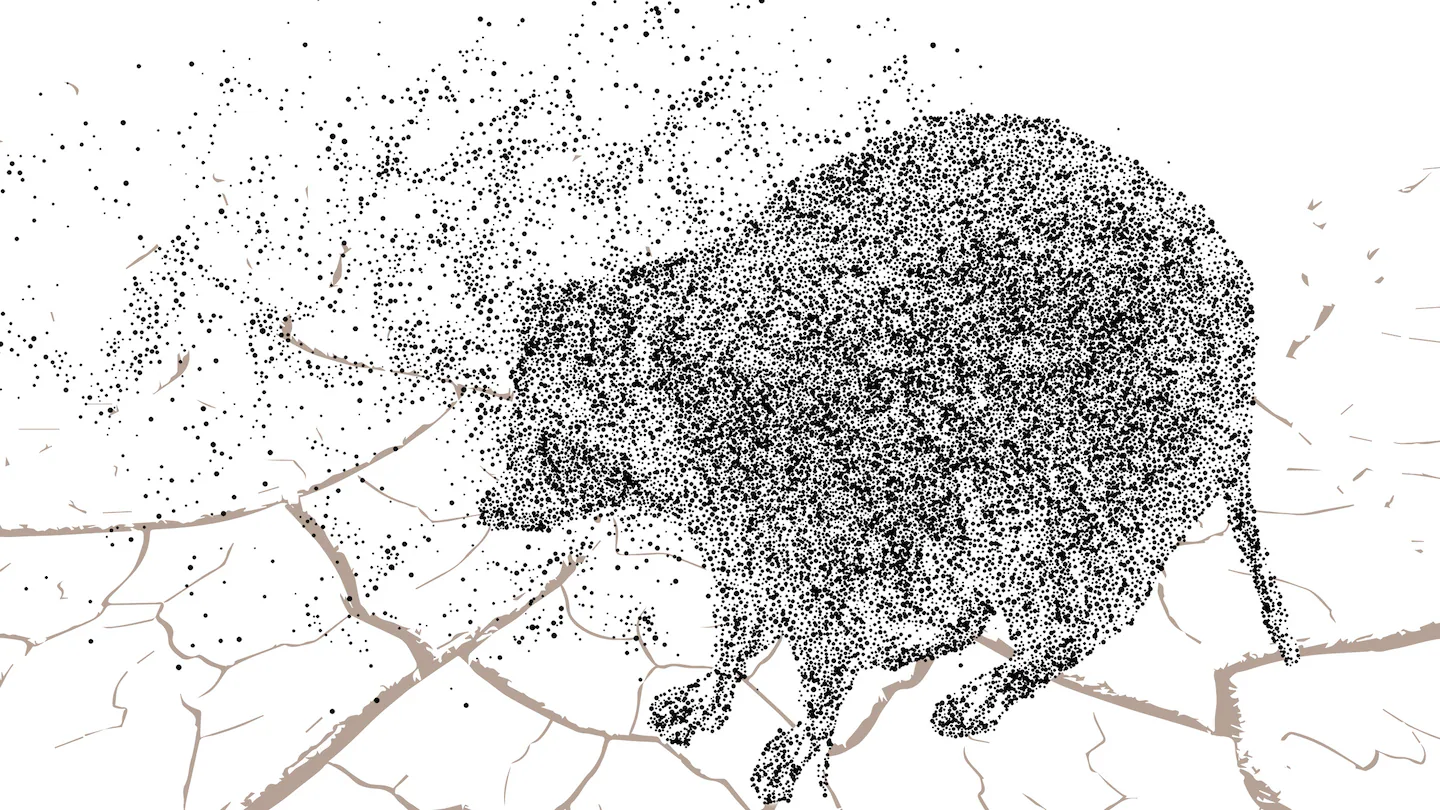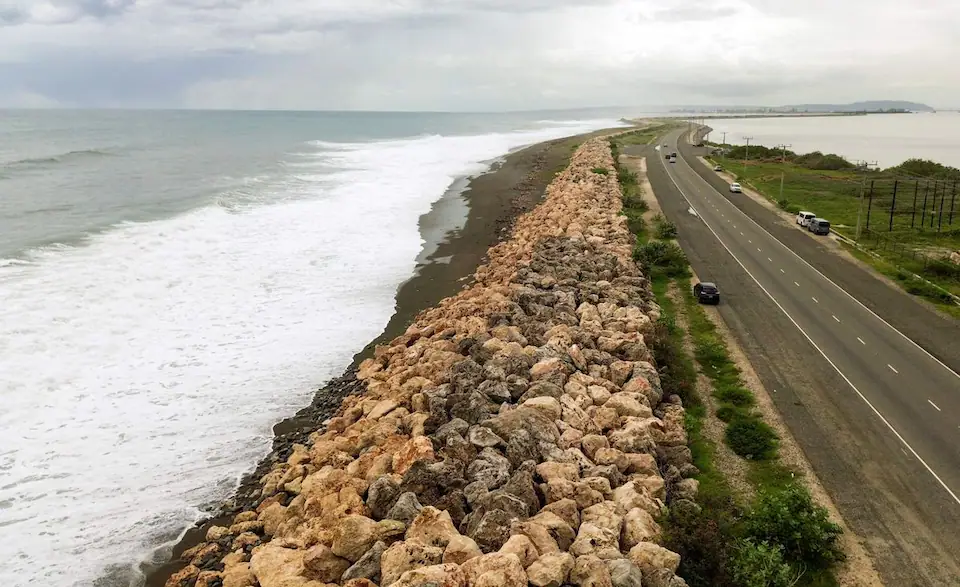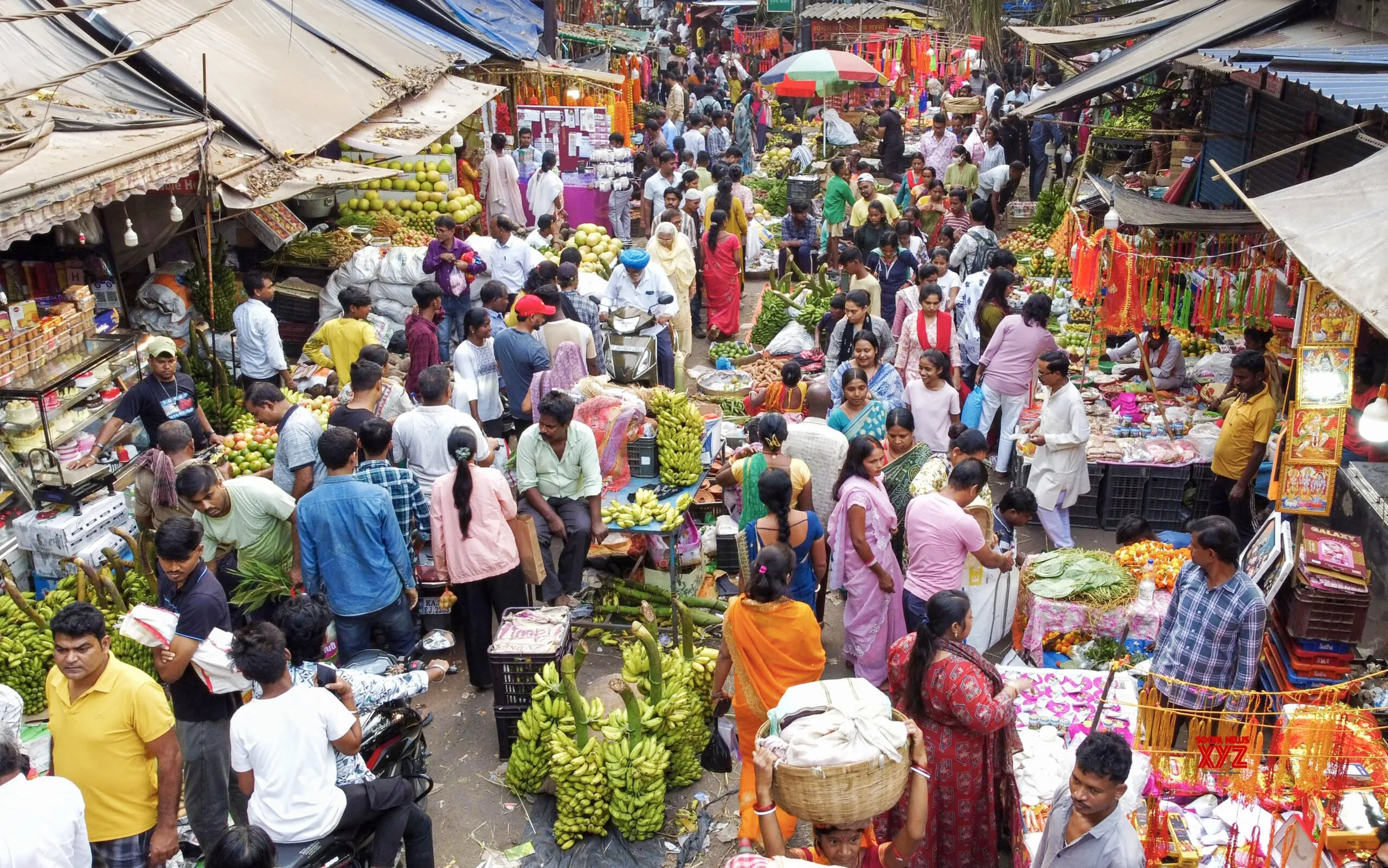Copyright The Boston Globe

Caitlin Shetterly’s new novel, “The Gulf of Lions,” will be published in May. All August and all of September, it barely rained in Maine. Before that, July, too, usually a rainy month, was dry and colder than usual. And now, so far, it has only rained three days in October. Week after week, our weather apps promise rain, the sky turns slate gray, and the wind picks up, but no rain falls. Our ground is dusty and hard and looks bleached. I’ve never seen cracks so deep, so insistent in our soil. Even the weeds are growing less abundantly. The leaves rustle, the flowers brown, and the earth smells like dust, something I have never smelled in Maine — only when I lived in California. A few weeks ago, we put an egg timer in the bathroom, and it’s become my job to police everyone, knocking on the door. “Three-minute showers!” I call. My teenager groans. My younger son is thrilled to do less washing. We can only do one load of laundry every two days. This is not a science we have going on here, it is a guess. We have no idea how much water we have in the well we rely on. But we do know that the groundwater situation is alarming. If Maine doesn’t get 12-19 inches of rain by the start of winter, our entire state is looking at serious water problems during our coldest, bleakest months. The wild animals were near crazy with thirst this summer. In August, a friend’s mother photographed swarms of bees drinking from her bird bath. Bees normally drink dew and something called guttation drops, which is like a sap that plants emit when it is humid and damp. There has been little dew, and the plants can’t spare any extra liquid; their leaves are dry. Advertisement In the early fall, migrating birds crowded into a makeshift birdbath I set up with a pan of water and a few rocks for perches on top of an overturned bucket. At night, the deer come almost onto our patio to drink from a metal tub we have left out. Coyotes are in the brush at dusk, hunting closer than we’ve ever seen them, snapping up prey when we are sitting right there. But our most conspicuous casualty of this drought is raccoons. Their bodies are strewn along our roads and highways. “I’ve never seen anything like it,” neighbors say. “It’s like a massacre.” This has been hard to witness during our era of such senseless violence. The raccoons upset me particularly because, when I was 11, my mother was given four baby raccoons to raise. She gave them to me. As I remember it, one died the first night. But the three who lived hung on ferociously. I bottle fed them, like Fern in “Charlotte’s Web,” and then handed them tiny hot dogs when their teeth came in. Raccoons have incredibly dexterous hands with long fingers, but they have poor eyesight. They use their hands to identify food, one another, and objects. With me, they walked their hands gently up my face, touching my nose and eyes, feeling the shape of my chin, chortling as they went. When we went out in the yard together, they would follow me, largest to smallest, in a perfect little line. When they got old enough to leave at night, we fed them trays of cat food on the porch. Then one night they left and never came back. I can still feel that ache, though of course it was natural. Mothering is always a kind of letting go. Advertisement The dead raccoons along the roads, though, are a harbinger of an inconspicuous and perhaps larger casualty of drought: frogs and other amphibians. In the driest periods of the hot summer, I found Northern leopard and green frogs on my patio, hiding behind plant pots where there might be a cool rock, or a bit of water from our hose. When the wetlands dry, some frogs will migrate, according to Erik Blomberg, chair of the department of wildlife fisheries and conservation biology at the University of Maine. They are looking for cool areas, like damp leaf litter, fallen down trees, and dark forests, he told me. If the woods are too dry, they have nowhere to go. Raccoons, he said, tend to eat frogs, salamanders, and fish. They “need to be near wetlands, so if it gets too dry out, they will migrate,” noted Noah Charney, assistant professor of conservation biology at the University of Maine. As fall comes, raccoons’ internal clocks tell them to start bulking up. If there are fewer frogs available, raccoons may be traversing larger distances and taking more risks with highways. This might explain the dead racoons along the road. This might also explain the many dead deer on the highways this summer. And in my own backyard, the deer have been coming right onto my walkway to eat my flowers and herbs. Because my plants were watered every so often, Blomberg explained, they likely tasted better, or gave more variety to the dry leaves they were relying on in the woods. When I was growing up in Down East Maine, we had a dug well. When it went dry, our family always seemed to have no money, too, and the stress of both permeated our small house. I remember that feeling. I don’t want to repeat it. Advertisement The other day, at my older son’s cross-country race, a woman I’d never seen before turned to me and asked, “Your well dry yet?” I told her not yet, but that I was scared. She said she was, too. Her daughter’s, she said, just went dry. Then we both shook our heads and sucked in our breath. There was nothing more to say.



